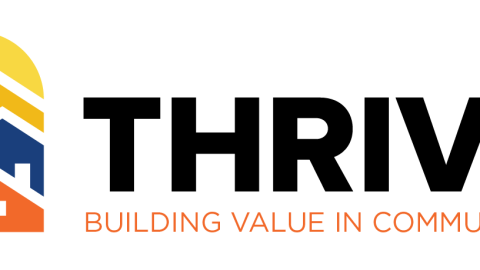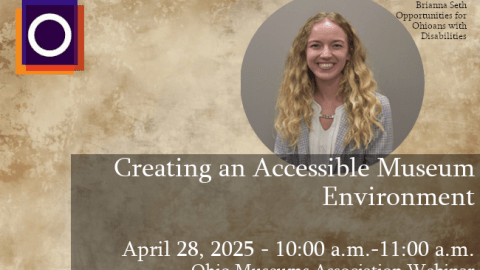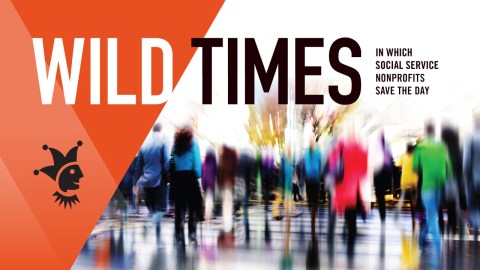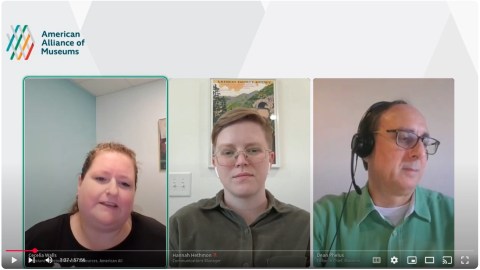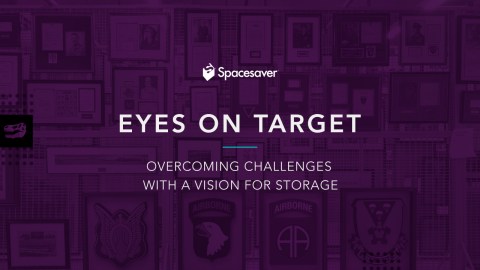
What does effective decision-making look like in the museum environment?
This article originally appeared in Museum magazine’s September/October 2024 issue, a benefit of AAM membership.
Museum leaders are facing unprecedented challenges leading and managing their institutions. They are reexamining their missions, impacting their relationships with visitors and the broader community. This reassessment involves revisiting how museums present themselves to the public, creating empathetic visitor environments, and implementing protocols concerning shared decision-making.
This current dynamic is fueled by a variety of factors, including changing attitudes toward the purpose and value of museums, along with political polarization in the United States and the accompanying “culture wars” that bring a hypercritical focus on the role of educational and cultural organizations. The reassessment also reflects new sensitivities to structural inequities in society, particularly around race and gender, and museums’ roles in perpetuating or addressing these issues. This manifests in tensions over how collections were and are acquired, exhibited, and, in some cases, deaccessioned.
Museum leaders are grappling with the various constituencies, inside and outside the museum, that should be involved in decision-making. Senior leaders are being asked to rethink relationships with their communities and workforces to create both visitor-friendly and employee-friendly environments. Museum employees—and in many cases, their unions—are demanding better compensation, wage equity, more flexible working hours, career development opportunities, and more. A major challenge managing in current environments arises when employees, influenced by union organizing strategies emphasizing social justice and related progressive ideologies, question the traditional role of a museum in modern society and instead view the organization as one built on fortunes amassed by capitalists in corrupt systems, which were then used to expropriate art and artifacts from marginalized or colonized populations.
Many museum leaders find they need more effective management structures and decision-making protocols to develop and implement new organizational policies that did not exist in past years. These policies include institutionalizing new ways of accessing collections as viewing and education moves online; enhancing diversity, equity, and inclusion in museum workforces; identifying new revenue sources; and confronting challenges inherent in the post-pandemic workplace, including unionization efforts, the desire for remote work, less workplace commitment, and “quiet quitting.”
Leaders might find themselves with limited authority and resources to effectively resolve these pressing matters. The following ideas and thoughts are meant to guide those who seek to be effective leaders in this environment.
Effective Leadership Traits
While there are many distinct types of leaders, my experience and research suggest effective leaders engage in the following behaviors, activities, and analyses.
- They have a clear sense of (and are effective in communicating) what they want to accomplish and how these accomplishments align with the organization’s mission.
- They “manage” upward to those to whom they report, laterally to peers, and downward to those reporting to them. Not only do they articulate the reasons they are pursuing particular goals, they provide and insist on metrics to assess progress and demonstrate why meeting the goals will benefit key constituencies.
- They engage in reciprocity, such as making allies of adversaries and trading favors (in the best sense of the word) by identifying incentives for those who can help them succeed. They find ways to work around or neutralize individuals or groups who oppose their ideas.
- They identify defensible decision-making criteria and ensure such criteria are used.
- They are tireless activists who take risks and cultivate or instill loyalty in trusted aides and team members.
- They reward and mentor others, have unstinting energy and time, network continually, and seek to replicate success.
- They prepare, pay attention to detail, delegate to trusted employees, develop personal credibility with those they supervise, and focus tenaciously on final goals, which, they insist, must be measurable.
I would also caution against placing too much emphasis on some of the leadership literature, which can paint a naive and altruistic picture of leaders or the traits needed for success. For example, one genre of leadership literature over-emphasizes the need to inspire, be empathetic, empower, and serve others. While these traits are laudable, and sometimes effective, focusing on them often fails to address the political and behavioral dynamics inherent in real-world settings, such as how leaders deal with passive-aggressive subordinates and oppositional behaviors. Of course, there is also the matter of circumstance: as Machiavelli observed some 500 years ago, good fortune plays a role in who succeeds and who does not.
Infrastructure, Governance, and Consultation Considerations
Four related issues, often overlooked, are necessary for effective leadership and decision-making in mission-driven cultural environments: administrative infrastructure, governance and consultation, options for those opposing leadership decisions, and financial resources.
Administrative infrastructure. Innovative ideas cannot take root without the people assigned to lead tasks; committees to consider budgets, implementation strategies, and alternative options; and people to serve as liaisons to various departments. Museums as organizations are often personality driven, and successful leaders know decision-making processes and behaviors must be institutionalized. This means that ideas, and the processes associated with implementing them, must be formalized and managed, people held accountable, and outcomes measured to gauge success. Absent these processes, particularly the development of criteria for decision-making, the administrative infrastructure needed to support a leader’s ideas, goals, and objectives cannot be sustained.
Governance and consultation. Leaders need a strategy and plan to steer ideas through the “museum bureaucracy.” Dealing with accrediting associations, governance documents (approved by the board), labor relations agreements, and a host of other manuals, handbooks, board guidelines, and legislative dictates will likely require consultation with others inside and outside the organization, which will impact the decision-making process. Navigating these rules, regulations, and guidelines takes patience and determination. Committees must be created or engaged, lead individuals appointed as chairs, and alternative options developed. As museum professionals know, it is often far easier to stop an idea or initiative, particularly a new one, than implement one. The old quip “How you do something is as important as what you do” remains salient. Leaders must determine their organization’s goals and priorities, challenges, and milestones that can be measured so everyone knows progress is being made.
Opposition options. Leaders must know how to effectively shape and implement ideas, reward allies, and win over or neutralize adversaries. Employees, as well as those to whom leaders report, need to see the utility of a new idea before they can support a divergence from the status quo. Successful leaders must convince others to take risks. In my experience, many employees in larger organizations are risk averse and less likely to take actions that benefit others in the organization. Change is difficult unless subordinates and supervisors understand and embrace, in concrete ways, the rewards for change. This requires valid assessment measures and recognized criteria for decisions. Without behavioral change, new ideas, plans, and goals will not succeed.
Resources. Simply put, without a budget and resources to fund new initiatives, they cannot succeed in the long term. Organizations might also need to amend the budgetary process to include support for new initiatives.
One final thought: museum leadership must have the support and trust of the museum board chair. The leadership process will be immeasurably more difficult without such support and trust, which are not guaranteed and must be continuously earned.
It might help to consider a biblical lesson in thinking about these ideas for effective leadership. While God enabled Moses to part the Red Sea and escape from Egypt with his followers, Moses was permitted only to see the Promised Land, not actually reach it. A leader’s work requires sacrifice, with ongoing success the potential reward.
